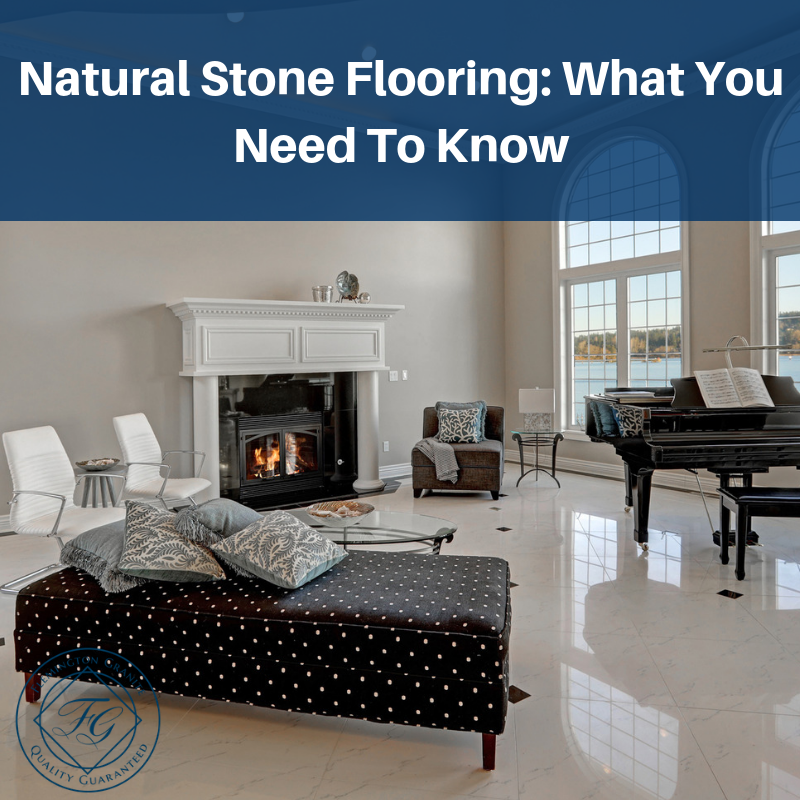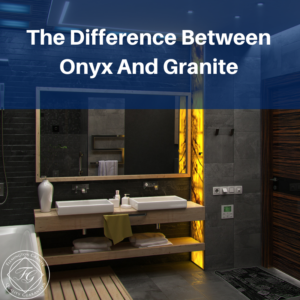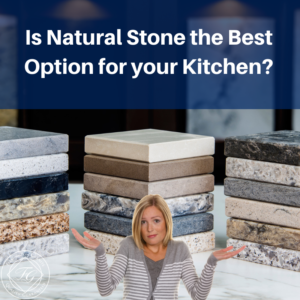
Natural stone creates a stunning look in flooring, giving your room a sense of luxury that other types of flooring cannot. There are several types of natural stone that can work in flooring, including slate, marble, limestone, travertine, granite and sandstone. Before choosing a type of stone, however, it is important to understand the various properties of each type.
Absorption Rating
The more absorbent a stone is, the more likely it is to stain. In addition, porous stone may be more likely to crack than non-porous stone, especially if it is subject to extreme cold. Sandstone is the most absorbent type of stone flooring while granite is the least porous. Non-vitreous stone has the highest absorption level and should not be used in any damp areas. Semi-vitreous are less absorbent, but they will require more maintenance when exposed to liquids too often. Vitreous flooring are generally appropriate for most flooring areas with low- to mid-level traffic. Impervious flooring resists absorption and are perfect for high-traffic areas.
Floor Grading
In some cases, you may see that stone flooring has a grade which determines the thickness, size and shape of the flooring. Grade 1 is the highest quality while Grade 2 flooring has minor defects. This may include chips, scratches or a surface that is irregular. Grade 3 flooring has major flaws and should only be used as accent pieces or in certain application where a rustic look is desired.
How Slippery is the Floor
You will probably see notations on flooring called “coefficient of friction.” This indicates how slippery a surface may be and is critical in areas where water will be present. If you plan to use stone flooring for a commercial building, the Americans with Disabilities Act requires that the floor have a minimum of 0.6 dryness coefficient.
Outdoor Areas
It is possible to use stone for an outdoor area, such as an outdoor kitchen or patio. However, some stones are not designed for outside use. Non-vitreous stone may stain more easily and could crack should they be exposed to freezing temperatures. Choose an outdoor floor that has a high coefficient of friction so they do not become slippery during rain or snow. Because natural stone is formed under the Earth, they are made up of many different elements. If you choose a stone with a high concentration of iron, which often appears as red or amber in the stone, the iron can oxidize and rust. This can case the flooring to degenerate over time.
Advantages to Stone Flooring
Stone is created by natural forces which means every stone floor is unique. They provide a more natural look to any room and they are eco-friendly. Try to choose stones that are quarried locally to reduce the ecological impact of transportation.
Disadvantages to Stone Flooring
Granite and slate are non-porous but other types of stone are not. This means you will need to seal the flooring periodically to avoid stains. Marble, although luxurious and beautiful, scratches very easily. It is important to keep dirt swept from marble to avoid small scratches that can damage the surface. If you are placing the stone in a high-traffic area, choose one that is resistant to chipping and breaking.
If you are considering stone flooring in your home, contact us today by filling out the simple online form or give us a call to learn more.






